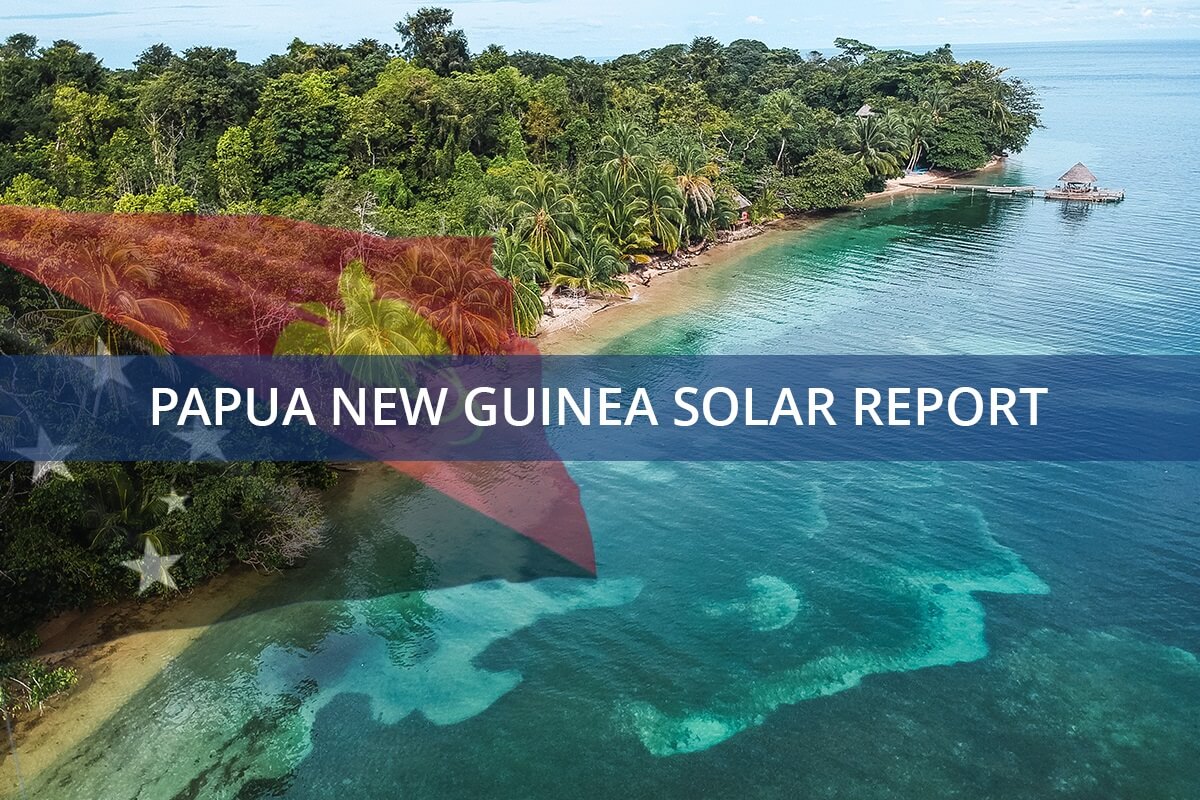Papua New Guinea is taking significant steps to improve its energy infrastructure, focusing on renewable sources like solar power. The government recently launched a solar energy project in the Katima rural area of the Sinasina-Yongomugl District, Chimbu Province. This project aims to provide reliable electricity to local communities, especially in off-grid areas where access to power has been limited. Companies like Aptech Africa are also contributing to this effort, having already implemented several solar energy systems across the country, including off-grid and hybrid solutions. You can read more about their work at Aptech Africa Expands Solar Access in Rural Papua New Guinea.
Reducing Reliance on Fossil Fuels with Papua New Guinea Solar
The solar energy project is a key part of the government’s broader strategy to reduce reliance on fossil fuels and promote sustainable energy. By harnessing the power of the sun, Papua New Guinea can generate electricity without contributing to carbon emissions. This shift is crucial for the country’s environmental goals and its commitment to global efforts to combat climate change. The global solar energy market has seen substantial growth recently, further highlighting the viability of this approach. For more information on solar energy’s global rise, see this article: Solar Energy Growth: Stunning 34% Surge in 2024.
Solar energy is particularly suitable for Papua New Guinea, as the country receives abundant sunlight throughout the year. By investing in solar power, the government can provide a clean and cost-effective solution to the energy needs of rural communities. This approach not only helps the environment but also ensures that more people have access to electricity, improving their quality of life.
Government and Community Collaboration on Papua New Guinea Solar
The success of the solar energy project in Katima (source) is due to the strong collaboration between the government and local communities. The project is being implemented by the National Rural Electrification Program, which is responsible for bringing renewable energy to remote areas across the country.
Minister Sinai, who is leading the project, emphasized the importance of community involvement in the development and implementation of renewable energy initiatives. By working closely with local leaders and residents, the government can ensure that the projects meet the specific needs of each community and are sustainable in the long term.
The Katima solar energy project is just one example of how Papua New Guinea is using renewable energy to improve the lives of its citizens. Similar projects are being planned and implemented in other rural areas, with the goal of providing electricity to as many people as possible. This focus on renewable energy is also helping to create jobs and stimulate economic growth in these regions.
Papua New Guinea Solar: Challenges and Opportunities
While the solar energy project in Katima is a positive step forward, there are still challenges to overcome. One of the biggest obstacles is the initial cost of installing solar panels and other renewable energy infrastructure. However, the long-term benefits of reduced energy costs and environmental sustainability make these investments worthwhile.
Papua New Guinea’s renewable energy efforts are also attracting attention from international partners. The country has received support from organizations like the World Bank and the Asian Development Bank, which are helping to fund and implement renewable energy projects. This international cooperation is essential for the success of Papua New Guinea’s energy transition.
A Brighter Future with Papua New Guinea Solar
As Papua New Guinea continues to invest in solar energy (source), the country is setting an example for other nations in the region. By prioritizing renewable energy, Papua New Guinea is demonstrating its commitment to sustainable development and environmental protection. Other countries, like Guinea-Bissau, are also making strides in solar energy development, securing significant investments to expand access to clean energy. Learn more about these initiatives: Guinea-Bissau solar projects: 87 Million Dollar Investment.
The government’s efforts to provide electricity to rural communities are helping to improve living standards, create jobs, and reduce poverty. At the same time, the focus on renewable energy is helping to protect the environment and reduce the country’s carbon footprint.
The solar energy project in Katima is just the beginning of Papua New Guinea’s renewable energy journey. As more projects are launched and more communities gain access to electricity, the country will continue to move toward a brighter and more sustainable future. With the support of the government, local communities, and international partners, Papua New Guinea is well on its way to becoming a leader in renewable energy in the Pacific region.

